The Yangtze River, China’s longest and most storied waterway, is not only a natural wonder but also a testament to human ingenuity. Over centuries, the river has been harnessed for irrigation, navigation, and power generation, culminating in some of the world’s most ambitious hydraulic engineering projects. For international travelers, a Yangtze cruise offers a unique opportunity to witness these feats of engineering while learning about their impact on China’s development. Here’s your guide to exploring the Yangtze’s hydraulic wonders.
1. The Yangtze: A Lifeline of China 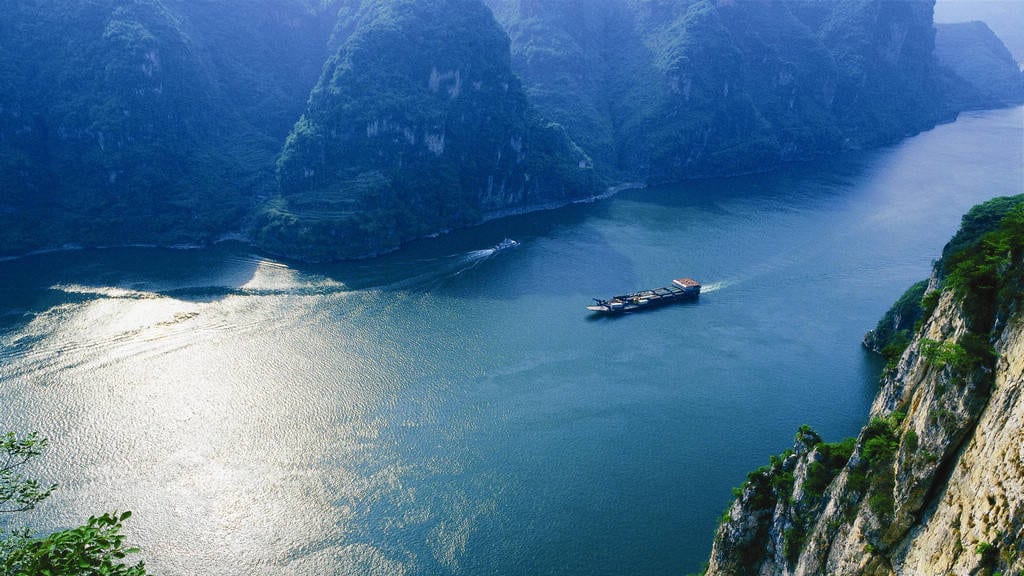
The Yangtze River stretches over 6,300 kilometers, flowing from the Tibetan Plateau to the East China Sea. Its basin supports over 400 million people and contributes significantly to China’s agriculture, industry, and energy production. Key hydraulic projects along the river include:
Three Gorges Dam: The world’s largest hydropower project.
Gezhouba Dam: A precursor to the Three Gorges Dam, vital for flood control and navigation.
SouthtoNorth Water Diversion Project: A monumental effort to channel Yangtze water to arid northern regions.
2. The Three Gorges Dam: A Modern Marvel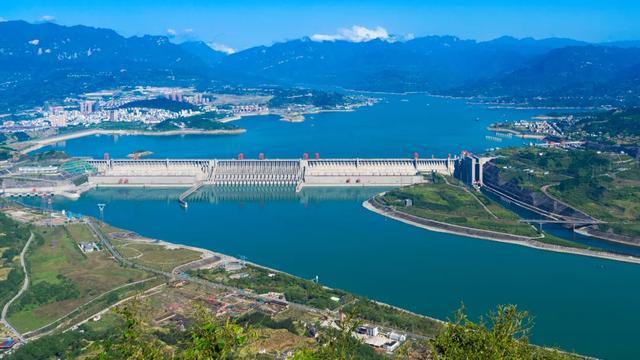
A. Overview
Location: Sandouping, Yichang, Hubei Province.
Dimensions: 2.3 kilometers long, 185 meters high.
Capacity: 22.5 gigawatts of electricity, enough to power millions of homes.
B. Key Features
Flood Control: The dam’s reservoir can store excess water during the rainy season, reducing downstream flooding.
Hydropower: Its 34 turbines generate clean energy, reducing reliance on coal.
Navigation: Five-tier ship locks allow vessels to bypass the dam, improving river traffic.
C. Visitor Experience
Three Gorges Dam Museum: Learn about the dam’s construction, environmental impact, and technological innovations.
Observation Deck: Enjoy panoramic views of the dam and its massive spillways.
Ship Lock Transit: Experience the thrill of ascending or descending the locks—a process that can take up to four hours.
3. Gezhouba Dam: The Pioneer Project 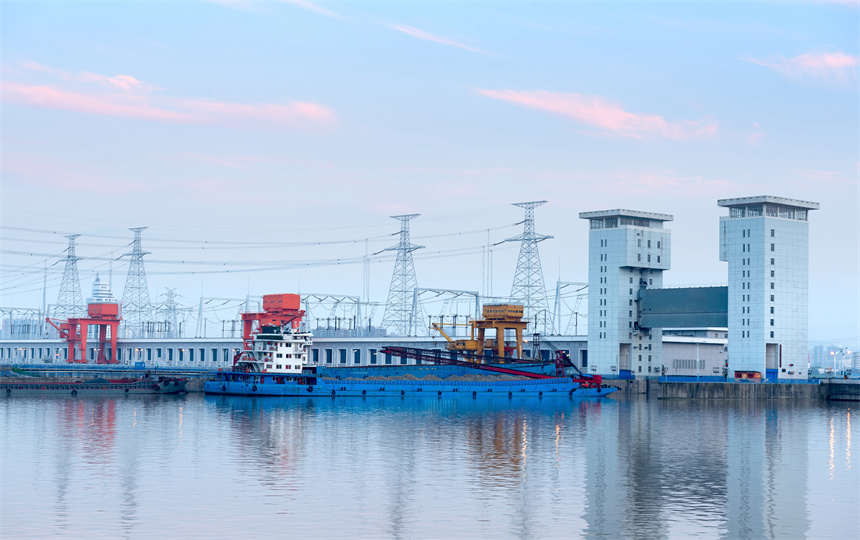
A. Overview
Location: Near Yichang, Hubei Province.
Completion: 1988, making it the first largescale dam on the Yangtze.
B. Key Features
Flood Mitigation: Protects downstream cities like Wuhan from seasonal floods.
Power Generation: Produces 2.7 gigawatts of electricity.
Fish Ladder: A unique feature allowing migratory fish to bypass the dam.
C. Visitor Experience
Guided Tours: Explore the dam’s control rooms and learn about its role in Yangtze management.
Nearby Attractions: Visit the Yichang Museum to see artifacts from the dam’s construction era.
4. SouthtoNorth Water Diversion Project: A Lifeline for the North 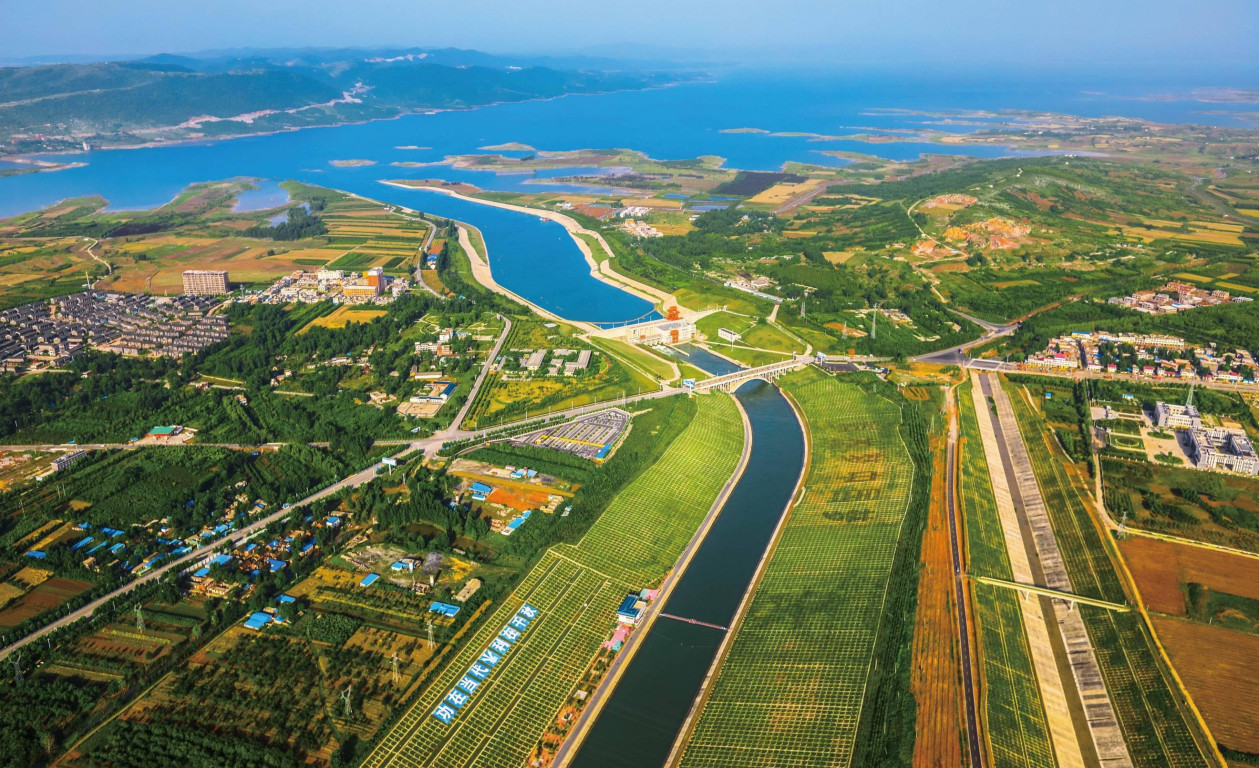
A. Overview
Purpose: To alleviate water shortages in northern China by diverting Yangtze water.
Routes: Three channels—Eastern, Central, and Western—spanning thousands of kilometers.
B. Key Features
Central Route: Starts at the Danjiangkou Reservoir, supplying water to Beijing and Tianjin.
Engineering Challenges: Includes tunnels under the Yellow River and massive aqueducts.
C. Visitor Experience
Danjiangkou Reservoir: Visit the source of the Central Route, with exhibits on the project’s scale and significance.
Aqueduct Tours: Explore sections of the aqueduct system near major cities like Zhengzhou.
5. Ancient Hydraulic Engineering: Dujiangyan Irrigation System 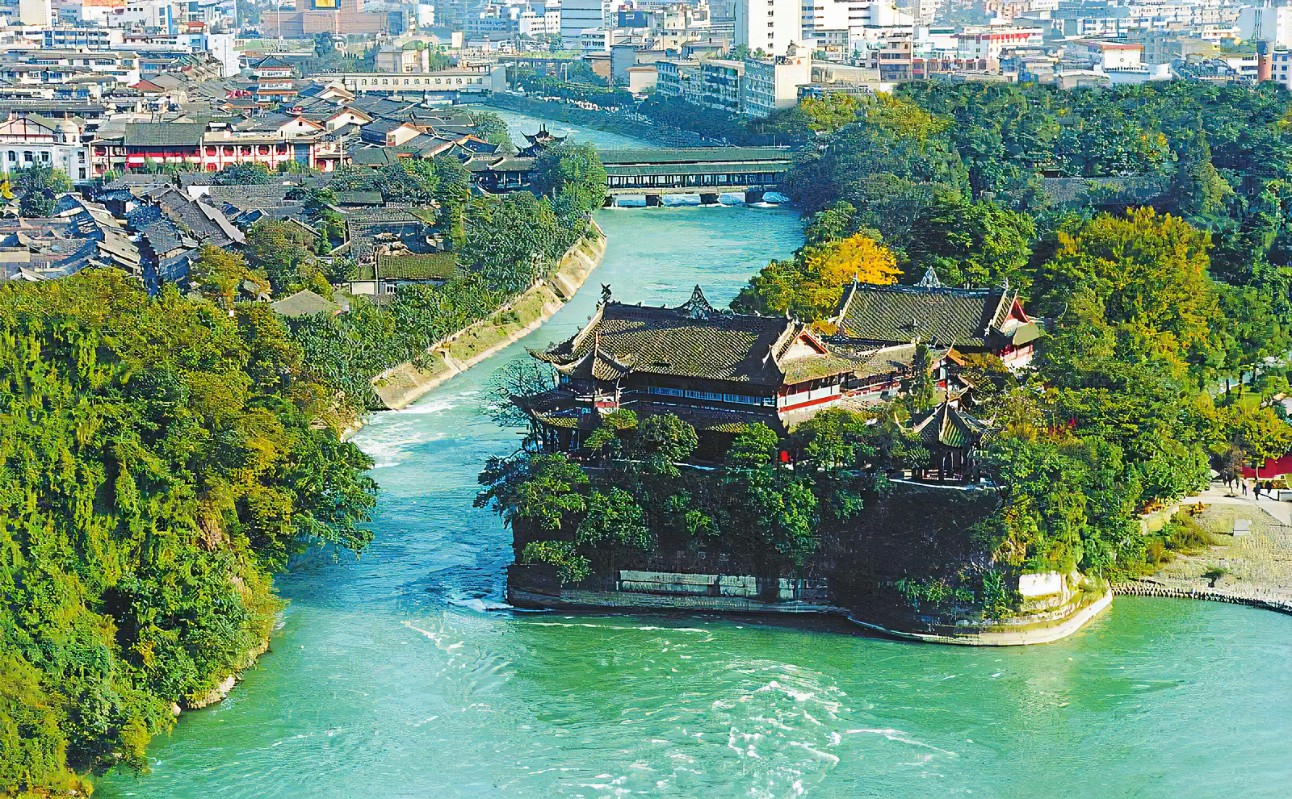
A. Overview
Location: Near Chengdu, Sichuan Province.
Construction: Built in 256 BCE, it is the world’s oldest nondam irrigation system still in use.
B. Key Features
Flood Control: Diverts Min River water to irrigate the Chengdu Plain while preventing floods.
Sustainability: Uses natural topography rather than dams, minimizing environmental impact.
C. Visitor Experience
Guided Walks: Stroll along the system’s levees and learn about its ancient engineering principles.
Temples & Monuments: Visit shrines dedicated to Li Bing, the system’s creator.
6. Experiencing Hydraulic Wonders on a Yangtze Cruise
A. Shore Excursions
Three Gorges Dam Tour: A mustsee stop on most cruises, offering indepth insights into the dam’s operations.
Gezhouba Dam Visit: Often included in longer itineraries, providing a contrast to the Three Gorges Dam.
B. Onboard Activities
Lectures & Documentaries: Experts discuss the history and impact of Yangtze hydraulic projects.
Interactive Exhibits: Models and simulations explain how dams and locks function.
C. Scenic Highlights
Xiling Gorge: Cruise through this dramatic gorge, where the river’s power is on full display.
Danjiangkou Reservoir: On select routes, witness the source of the SouthtoNorth Water Diversion Project.




































